Everyone has a wish list when looking for their new home and I was no different. Of everything on my list, I had to have some type of yard. It didn’t matter if it was small or in disarray, it just had to have the space for a garden and I’d do the rest. Even with limited space or a yard that isn’t ideal, you can still plan ahead and slowly shape it into a perfect landscape that reflects your vision.
The yard of the house I finally found was, meh. It had some barberry bushes, a rose mallow, a large cherry tree, and a few other shrubs. But it was predominantly dirt covered with rubber mulch, plus tons of piles of rocks, bricks, and leftover pavers.
I was starting with a yard filled with trash from the previous owners and less than perfect rocky soil, but I knew I could create a lush landscape I’d love. All I needed was a plan and some sweat equity. Here’s how I turned my imperfect yard into the landscape of my dreams and how you can do the same. With a little effort, anyone can turn a rough yard into a thriving garden and enjoy the satisfaction of creating their own perfect landscape.
1. Assess & Sketch Your Space
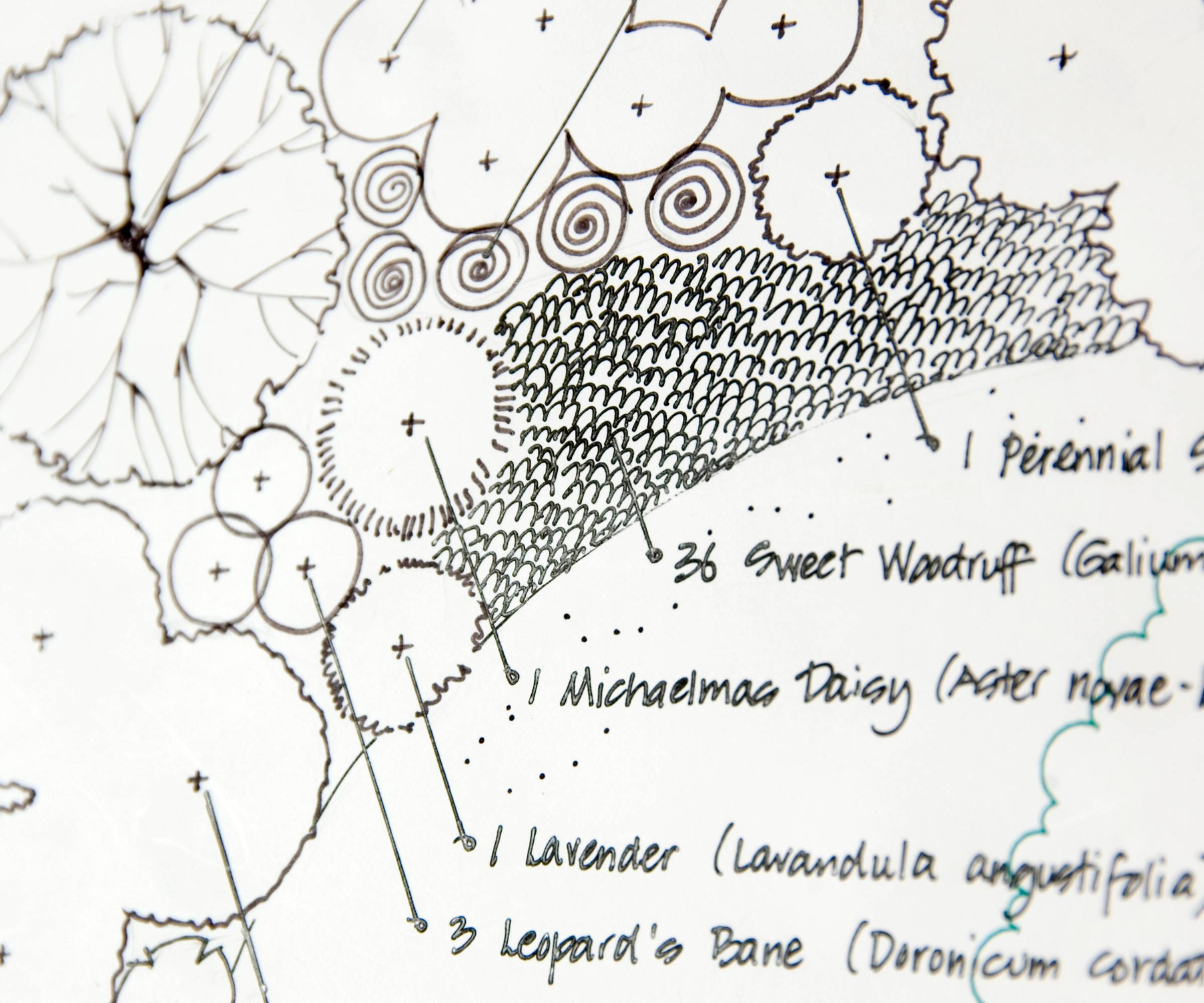
(Image credit: charrongolf / Getty Images)
When I started my backyard renovation, I wasn’t thrilled with the landscape so I needed a plan. When creating a landscape plan, there are a few garden makeover do’s and don’ts to follow.
Firstly, you should always start by assessing your needs and wants. I wanted space to grow a vegetable garden, room for a perennial cutting garden, and fruit trees. If you’re new to growing food, check out our guide on the best vegetables for raised beds.
Next, sketch your garden and draw out your ideal landscape on some graph paper. But before picking up a pencil, measure your outdoor space and make note in order to draw the landscape to scale.
Also, note any existing trees and shrubs you want to keep as well as any structures and utilities. If you’re tech savvy you can even try using one of the many garden design apps available today to help you.
Once you get a sense of where you’re going with the landscape design, take some time to note sun exposure, soil type (use a simple soil test guide from Penn State Extension or use a simple soil test kit from Amazon), and any low lying areas where water will collect and cause potential problems. Improving poor soil? Try methods like melon pit gardening for healthier beds.
2. Look for Inspiration
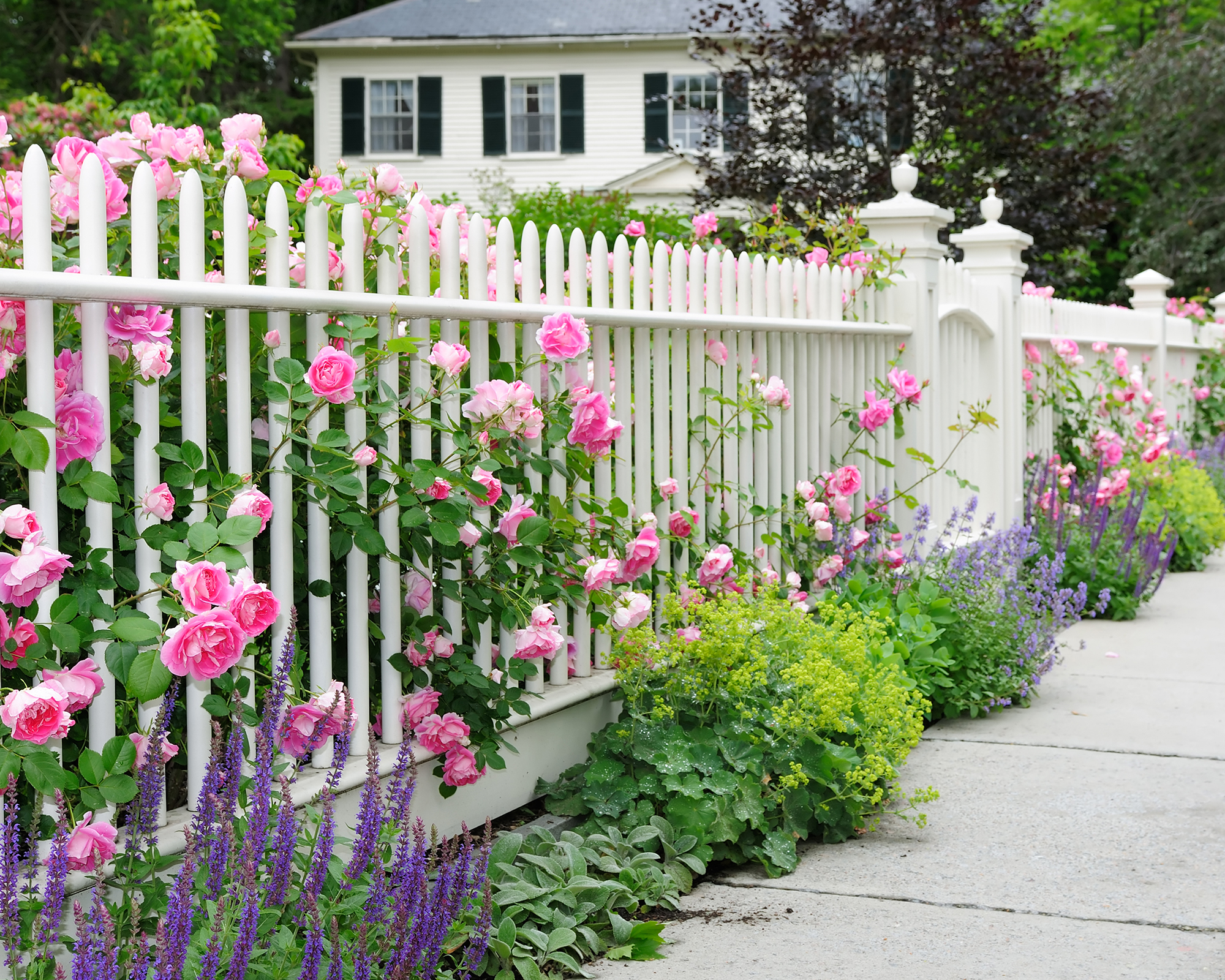
(Image credit: Shutterstock)
Now is also a good time to start looking at other people’s yards. Go to Pinterest, search for ideas online, research new garden trends, look through magazines, visit flower festivals, or just drive around the neighborhood to get inspired before you start your backyard renovations.
Consider whether you are tackling just the yard or if you want to do any hardscaping like putting in a deck, pathway, raised beds, water features, or a pergola. We had a nominal budget and an existing patio, so I focused on landscape plants, borders, and paths.
Also, think about whether you want to include a sprinkler or drip irrigation system, like this one from Home Depot that our Content Editor Laura recommends, in your backyard makeover. For some, this might make sense while others might prefer to focus on drought-tolerant landscaping ideas like xeriscaping. Pairing smart watering with companion planting techniques can reduce stress on plants and increase yields.
We had an old system that needed some work done, but there was nothing in the garden beds so my husband planned and laid a drip irrigation system to accommodate new plantings.
3. Only Keep What You Love
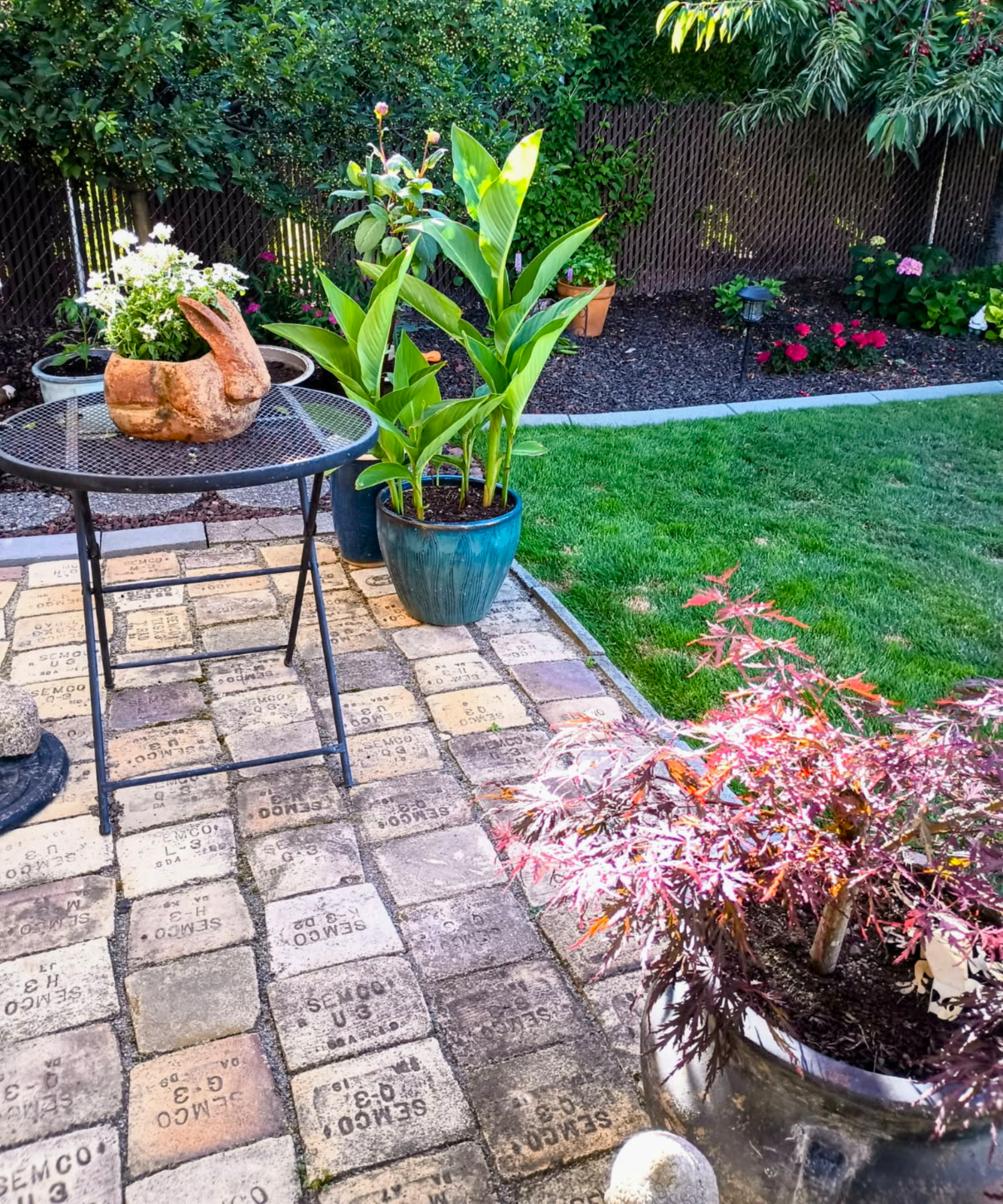
(Image credit: Amy Grant / Future)
You want your landscape to bring you joy, so it’s key to only keep the parts of it that you truly love. Don’t settle for the leftovers from the previous owners, if you don’t like them.
In my case, I abhorred the rubber mulch that the previous owner had installed in the backyard, but I didn’t know what to do with it. So I did the back breaking labor of clearing it from most of the planting areas and moving it to a side of the yard I had reserved for ornamental plants alone.
In addition to the not-so-desirable rubber mulch, my backyard was also filled with piles of river rock of various sizes, old bricks, and miscellaneous pavers. I turned these free stones for landscaping into borders for my beds, pathways, and even a patio addition.
I removed some of the existing plants, including the prickly and invasive barberry, and amended the garden soil, which led to finding lots more rocks. One of the best ways to improve soil is to add compost. Learn how to reuse waste and improve fertility in how I turned trash into garden treasure. Make your own compost at home with one of the many different types of compost bins available on Amazon.
4. Pick Your Plants
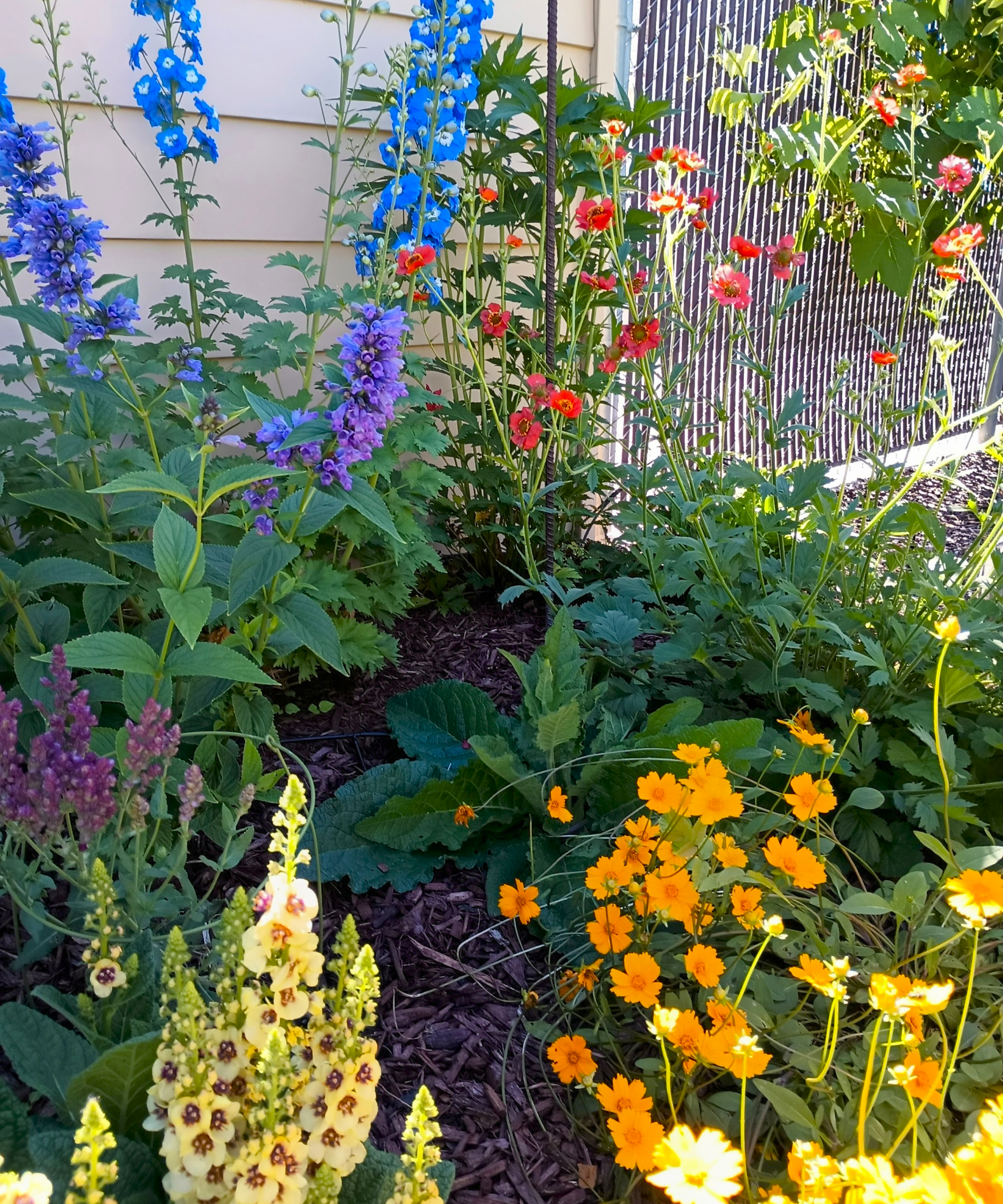
(Image credit: Amy Grant / Future)
Once I had all the elements in place, it was time for the fun stuff: picking out plants! This is as personal as it gets for a gardener and everyone is different so there’s no “right” way to choose plants, with the exception that they should be hardy to your USDA growing zone.
Also, it’s a good idea to select your foundation plants first and fill in around them. These would be your trees, shrubs, grasses, vines, and ground covers along the base of the home that serve as a framework and create curb appeal.
Try to choose plants with multi-seasonal interest for a four-season garden that looks beautiful all year. For some this might mean incorporating low-maintenance evergreens. For others, it might include long-flowering perennials that stick around during winter to feed the birds and add visual interest. You can also choose plants that have colorful autumn foliage and interesting seed heads or plants that bloom or fruit. If you’re aiming for a wildlife-friendly and low-maintenance yard, consider meadow flowers and grasses.
Also, consider including native plants — native plants have evolved over thousands of years to suit their local environment. This means they are often lower maintenance, resistant to pests and diseases, attract pollinators, and support the local ecosystem. You can find tons of lovely native plants for sale from American Beauties on Amazon or at local native plant nurseries where you live.
5. Be Patient & Don’t Worry About Perfection
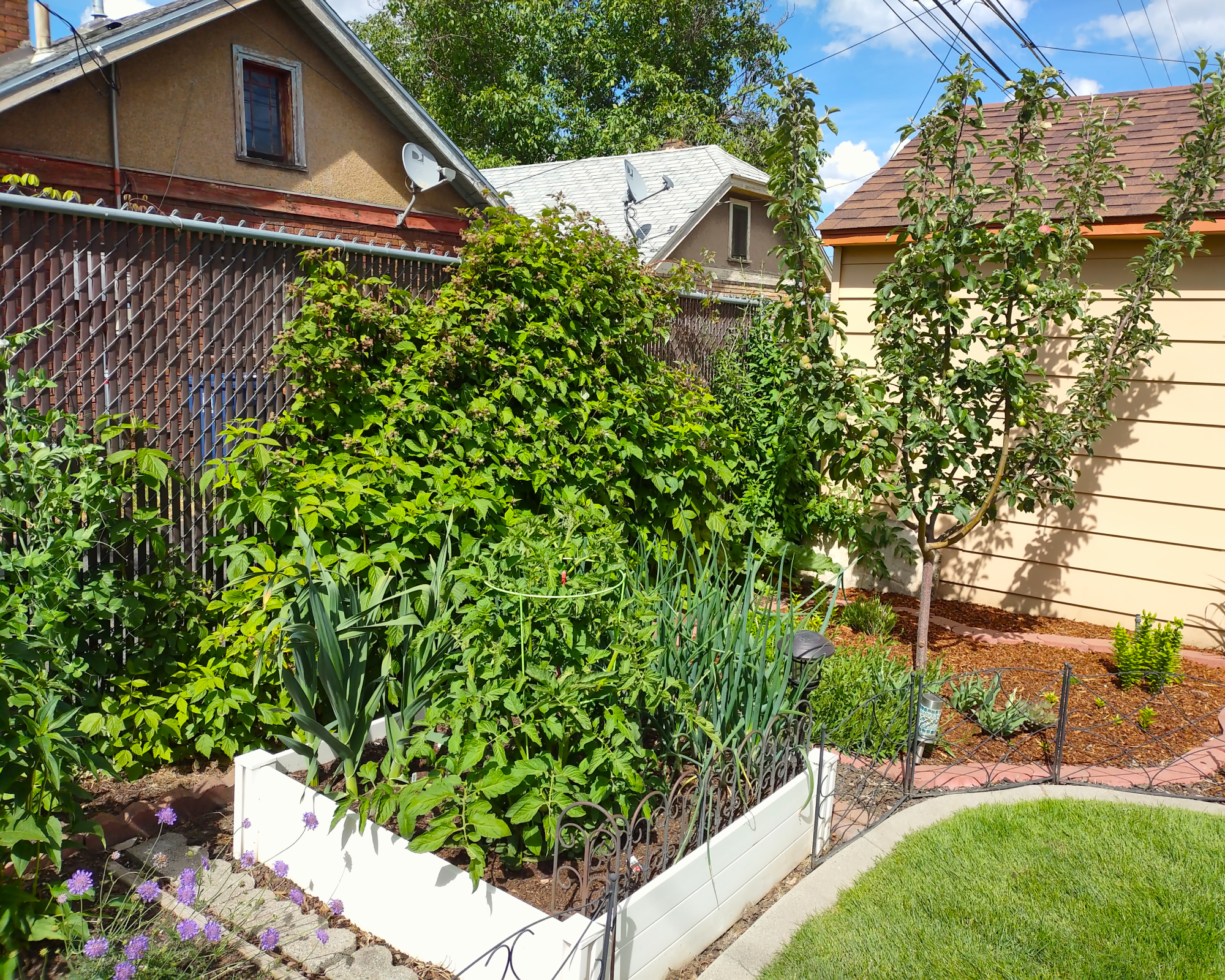
(Image credit: Amy Grant / Future)
The process of renovating your landscape can feel daunting and never-ending, but the hard work is so worth it. Now, eight years later, I have a well-established, mature garden that takes minimal maintenance, but is still bursting with color and texture throughout the growing season. I have raised beds for annual vegetable production along with edible perennials and herbs commingled with other perennials, trees, and vines. I also enjoy seasonal flowers in pots and along pathways. You can explore creative designs in edible & functional landscapes.
I now have an extension of the existing covered patio perfect for showcasing potted perennials and annual flowers, as well as a second seating area. I have fruiting trees and perennial vining plants that add privacy to the backyard. And I have the cut flower garden I’ve always wanted.
Did I make some mistakes? Yes, I did. The biggest one was getting excited over a plant (or plants) that were just on the cusp of my USDA zone. I knew I shouldn’t risk it, but I did anyway. Now the plants are just a memory and I tend to focus on either native varieties or very hardy plants for my zone.
On the whole, however, the creation of my yard has been a joy to me and really only took about three years. The last five years have been about tweaking and finessing the landscape design I created.
So don’t be daunted by a less than perfect landscape when you move into your new home. If you too like to get your hands dirty, the work will be a labor of love. Someday you’ll look back on it, with your feet propped up on a warm summer’s evening, a book and a cold drink in hand, surveying your handiwork with a contented sigh.
🌿 Frequently Asked Questions (FAQs)
1. How do I start improving a less than perfect landscape?
Start by assessing your yard’s current condition and sketching a simple plan. Identify what you want to keep, what needs to go, and what new features will help you achieve a perfect landscape over time.
2. What are the easiest plants to begin with for a backyard makeover?
Choose hardy, low-maintenance plants suited to your USDA growing zone. Native plants, evergreens, and long-blooming perennials are excellent options that help create a resilient and perfect landscape.
3. Can I create a perfect landscape on a budget?
Yes! Reuse materials like stones, bricks, or pavers already in your yard, and focus on DIY projects. With patience and creativity, you can transform your yard into a perfect landscape without overspending.
4. How long does it take to transform a yard into a perfect landscape?
It depends on your goals and effort. A basic transformation can take one to three years, while a mature, established perfect landscape may take several seasons of planting and refining.
5. What mistakes should I avoid when creating a perfect landscape?
Avoid planting species not suited to your climate zone, ignoring soil health, or keeping plants you don’t love. Focusing on native plants, soil improvement, and long-term planning will help you avoid costly mistakes.
6. Do I need professional help to create a perfect landscape?
Not always. Many homeowners successfully transform their yards with DIY methods. However, for larger projects like patios, irrigation systems, or major hardscaping, professional guidance can speed up the process.


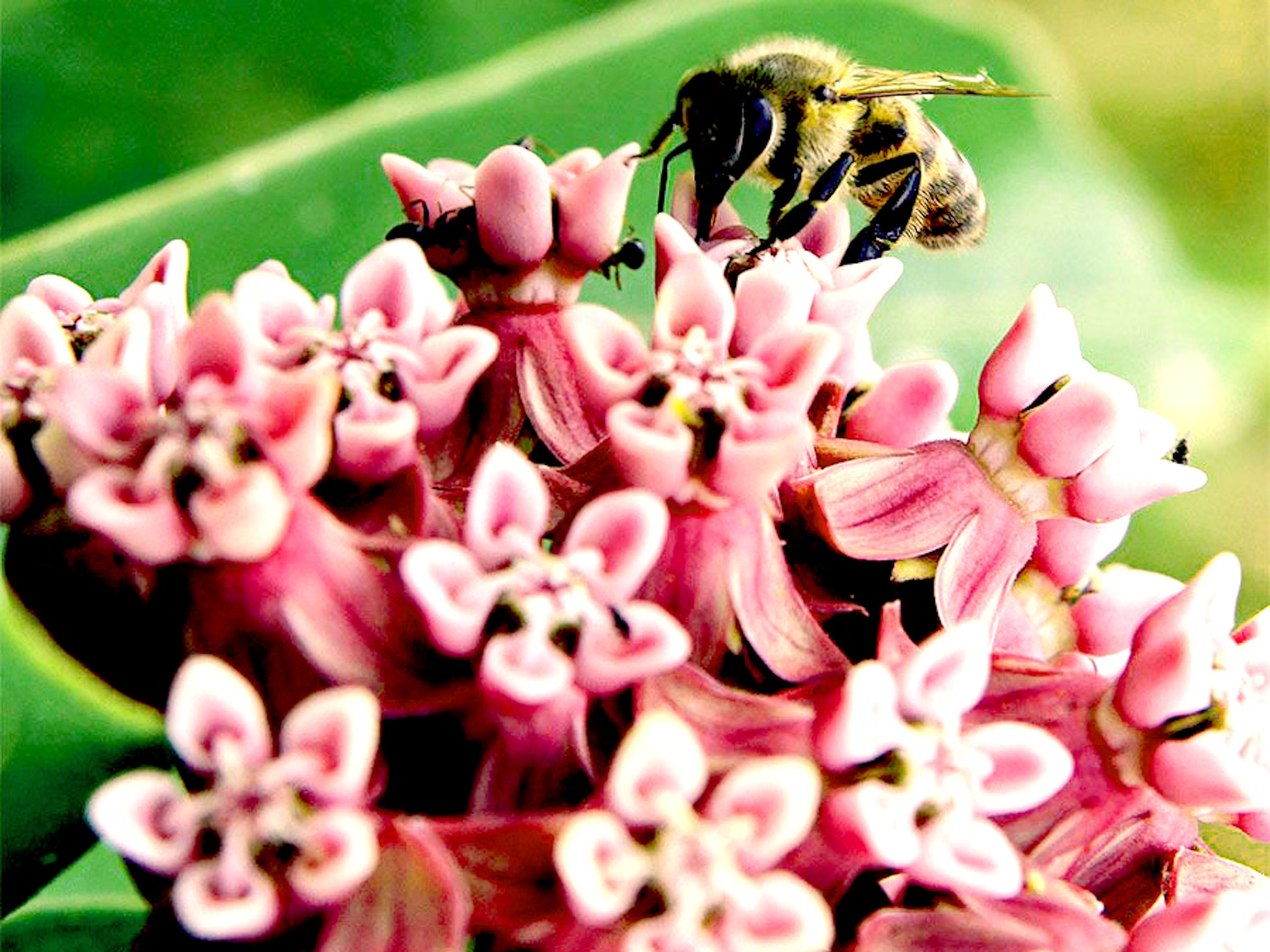
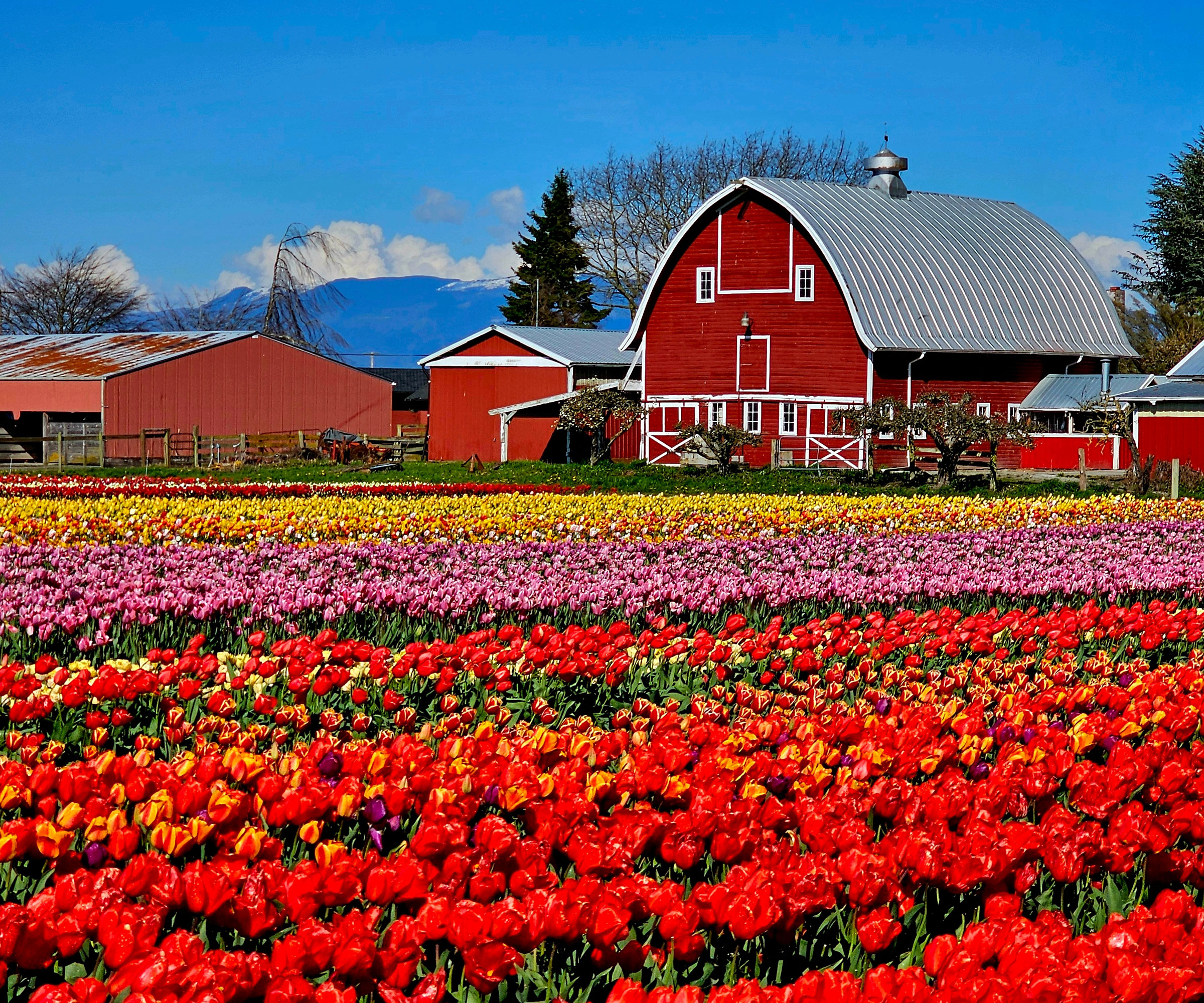
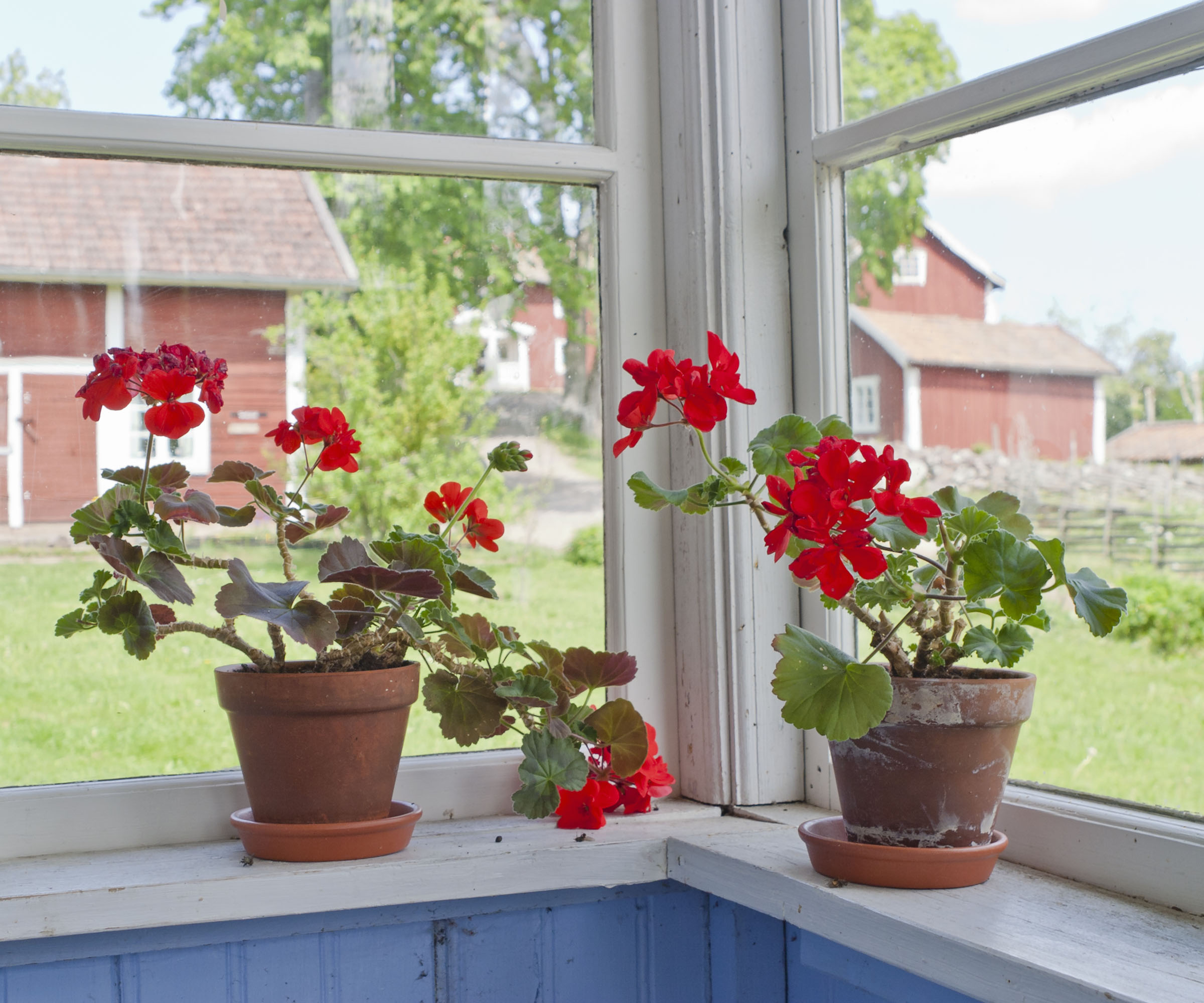

One comment on “5 Simple Steps to Transform a Less Than Perfect Landscape”